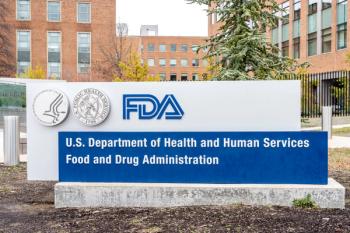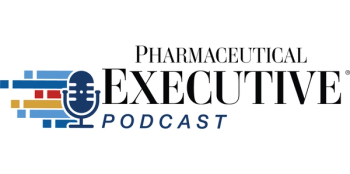
Seniors' drug prices rising
The 50 most heavily prescribed drugs for seniors have risen in price, on average, at more than twice the rate of inflation, according to a new report issued by Washington-based Families USA. The report examined drug price increases through January of this year.
The 50 most heavily prescribed drugs for seniors have risen in price, on average, at more than twice the rate of inflation, according to a new report issued by Washington-based Families USA. The report examined drug price increases through January of this year.
"Older Americans live on fixed incomes, like Social Security and pensions, and yet the prices of their prescriptions are skyrocketing at multiples of inflation," said Families USA Executive Director Ron Pollack.
According to the report, of the top 50 drugs prescribed for seniors, 36 were on the market for the past five years. Among those 36 drugs: the costs of 31 rose faster than the rate of inflation over the five-year period; the prices of nearly two-thirds (23 out of 36) rose at 1.5 or more times the rate of inflation; and the prices of over one-quarter (10 out of 36) rose at three or more times the rate of inflation.
"There simply is no justification for these frequent and fast-rising price increases over time," said Pollack. "The drug industry likes to claim that high prices are needed to pay for research and development, but these price increases have much more to do with corporate profits than the research costs for these drugs that occurred many years ago."
Benefits to seniors
According to Alan F. Holmer, president of the Washington-based Pharmaceutical Research and Manufacturers of America, the Families USA report overlooks some key statistics.
"It's important to remember the value â not just the prices â of these medicines to seniors and to society," said Holmer. "Thanks in large part to breakthrough medicines, seniors are not only living longer, but better." Holmer cited a study by Duke University that said that disability among the elderly declined by 2.6% per year from 1994 to 1999, and the number of nursing home residents declined by 200,000 in the past decade. These declines came in spite of the fact that the number of people 85 and older increased.
Holmer also argued that prices vary across the country and said that the prices cited in the report are not the same for every senior.
"The report incorrectly implies that all seniors pay the same price for each drug," said Holmer. "In fact, the retail prices of the same medicine can vary by more than 100% within the same city block."
Concluded Holmer, "Patients who truly cannot afford the medicines they need should work with their doctors to apply to the patient assistance programs run by the individual pharmaceutical companies." PR
Newsletter
Lead with insight with the Pharmaceutical Executive newsletter, featuring strategic analysis, leadership trends, and market intelligence for biopharma decision-makers.





